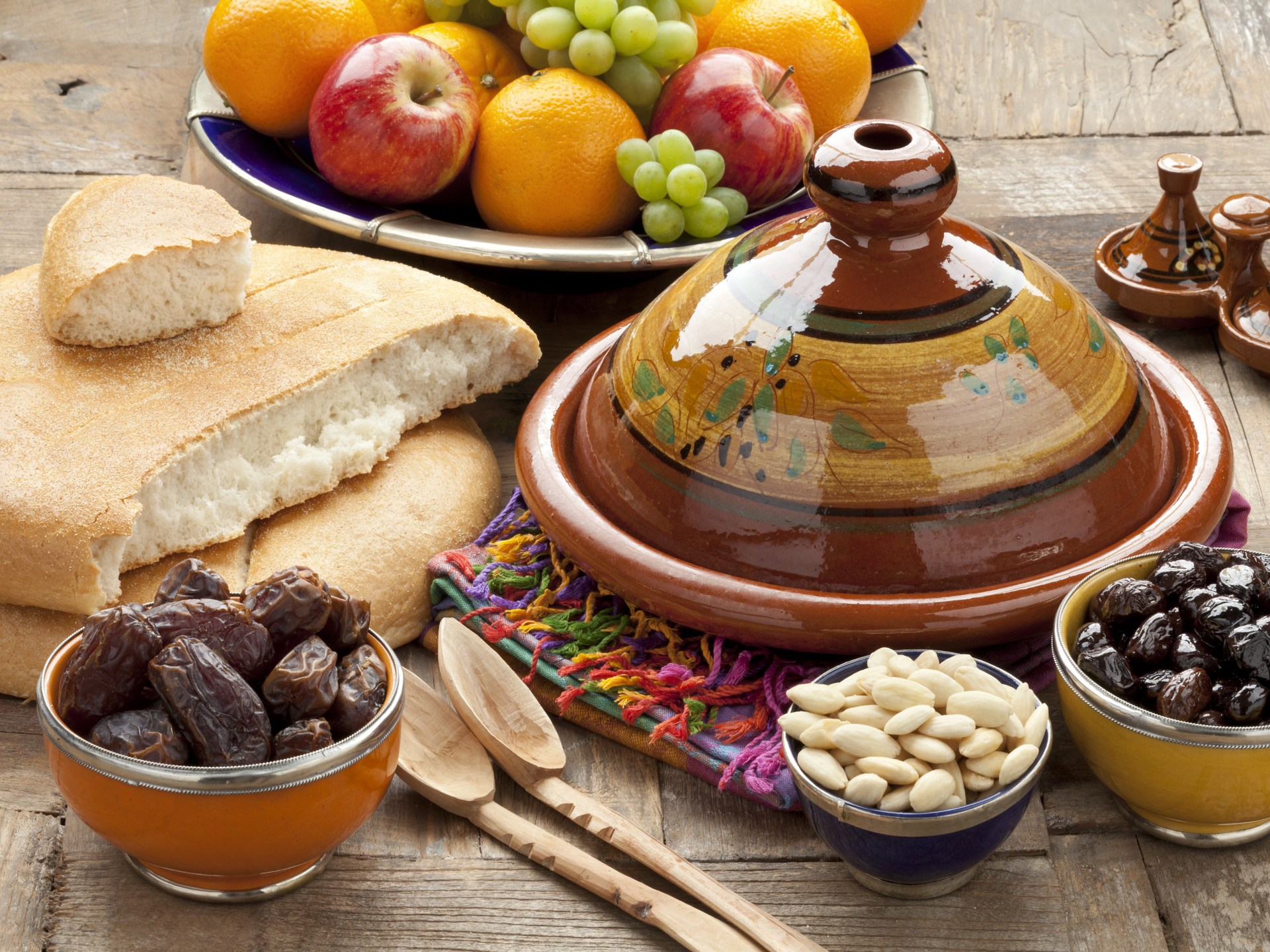Moroccan families are keen to have Medjool dates on their iftar tables during the holy month of Ramadan (Shutterstock)
“Majoul” is considered one of the most important types of dates in Morocco thanks to its large size and rumors about its healthy ingredients, which increases its demand on special occasions, especially during the holy month of Ramadan.
Despite its high prices, many Moroccan families are keen to include this type of date in particular on their breakfast tables, which some call “the king of dates,” as it is distinguished by its softness and sweet taste.
While traders in the “Darb Mila” market in the city of Casablanca - one of the largest and most famous date markets in Morocco - believe that the “anonymous” has become accessible to the general public, citizens say that its price is still high compared to the rest of the dates, whether local or imported.
High demand for the "unknown"
Date trader Hisham Al-Anibah (26 years old) says that “Majoul” dates are no longer limited to those with high incomes, but rather have become accessible to the general public, and the demand for them has increased compared to previous years.
He explained that its price has become reasonable, as its prices range between 50 and 60 dirhams (5 and 6 dollars), and reach 120 dirhams (12 dollars) for the good type.
However, some buyers do not agree with Al-Anaiba regarding the “unknown” price;
Aziz Al Habibi, a government employee, says that he did not buy it because of its high price, which reaches or exceeds 80 dirhams ($8) per kilogram.
Al-Habibi attributed the demand of Moroccan citizens for imported dates to their low prices.
The price of one kilogram of “Majjoul” dates ranges between 50 and 60 Moroccan dirhams and may reach 120 dirhams (Shutterstock)
Dates market in Darb Mila
Darb Milla witnesses great activity during Ramadan, which is the month with the highest consumption of dates, due to the many types of dates available.
Darb Mila merchants come from different parts of the country to buy in bulk, while other buyers try to get a small quantity of a type of high quality and a lower price.
Imported dates dominate their local counterparts in the market, but the “anonymous” remains one of the types that imposes itself amid the great competition between local and foreign dates.
Al-Aniba says that he noticed a demand for buying dates during Ramadan 2024, despite the decline in demand compared to previous years, pointing to the weakness of the local date market due to prices such as “jehel”, whose price rose from 20 dirhams ($2) to 40 dirhams ($4) or 50 dirhams ($5).
Al-Anibah attributed the rise in the prices of a number of products to several reasons, including the rise in fuel and transportation prices, while he reported that the prices of foreign dates had not changed significantly compared to last year, which explains the demand by buyers for them.
However, the Moroccan date trader called for supporting the local product, given that other countries support exporters by taking care of the canning process and quality control.
For his part, imported dates seller Hamid Al-Ghalabi said, “We deal with the logic of what citizens want and prefer,” adding that he works in selling the product that is in demand.
Regarding the popularity of foreign dates in the market, Al-Ghalabi stated, “There are many places that sell local dates, but Darb Mila is known for its imported dates.”
Dates production in Morocco
Morocco ranks seventh in the world in date production, with an average annual production of 135,000 tons, distributed among 453 varieties, according to the Moroccan Ministry of Agriculture.
The Ministry added, in a written response to a question in Parliament, saying that “due to drought, the level of date production this year declined to 108 thousand tons.”
Currently, according to the Ministry, the number of palm trees in Morocco is about 6 million, and the Kingdom aims to produce 300,000 tons of dates annually by the year 2030.
For weeks, the prices of dates in the Moroccan market have witnessed an increase, which the Ministry of Agriculture attributed to “the rise in transportation costs and the increase in fuel prices.”
Palm cultivation constitutes the basic infrastructure for agricultural activity in Moroccan oases, as it contributes between 20% and 60% of the agricultural income of more than 1.4 million Moroccans.
Source: Anadolu Agency

